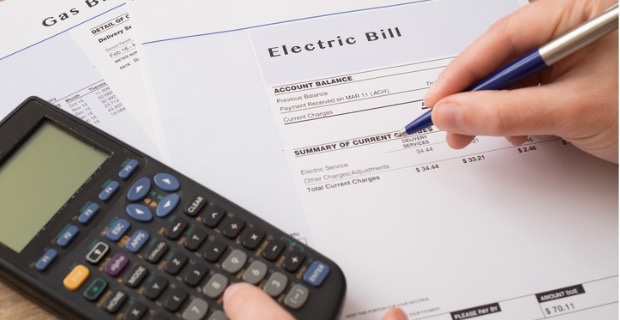Bill shock is a very real thing and it can be quite unpleasant, especially at the tail end of a year heavily impacted by COVID-19, job losses and an economy that has taken a significant hit.
A good way to avoid the shock is to understand exactly how your electricity bill works, so you can take steps towards changing your habits and driving your energy costs down.
These electricity bills can look very complicated at first glance, but we are here to help you break it down in simple terms so you can read the data and start paying less for your power.
Your electricity bill explained
Retail costs
This is the portion of your bill that is going towards general administration like managing customer accounts, call centres, mailing costs, support and the like. This makes up about 10 per cent of your bill and there is not much you can do here to change this cost.
Wholesale costs
This is one of the spaces where you should be looking every time you get your bill. This makes up about 30 per cent of your total charges and is the actual cost for the electricity your wholesale has generated and that you have used.
Network costs
Weighing in at about 50 per cent of your bill, these are the fees for poles and lines. This includes maintenance, installation, repairs, upgrades – everything to do with keeping the energy network running. You are not going to be able to drive this portion of your bill down too far by turning off lights and taking shorter showers. The best way to combat these costs is to install solar solutions so that you are feeding energy back to the grid and receiving rebates for your trouble.
Green costs
Those government initiatives to support renewable energy projects have to be funded from somewhere. Around 5 per cent of your bill is going towards those projects and other energy-saving schemes.
Daily supply charge
This is a fixed charge showing how much you are paying each day for electricity
Usage charges
This is measured in cents per kilowatt-hour or c/kWh and this is a vital part of your bill to be monitoring. If you are noticing a spike in your energy bill, check the price per unit of electricity (per kWh) to see if it has changed. If it has changed, why has it changed?
RELATED: Unplugging your appliances could be the answer to your energy bill struggles
There could be a seasonal tariff in place. Perhaps the tariff rate you are on is not right for you (drawing back to the pool pump running at the wrong time of the day example). You will find the tariff rate that your provider has you on located on the back of your bill in most instances. If your bill it noticeably higher or you have noticed the price per unit of electricity (per kWh) rise, speak to your provider and request to be put on a tariff plan that better suits your needs. energy plan comparison
If you’re not sure if you’re getting the best possible rates on your electricity plan, we recommend getting a health check to see what options are available to you.







































